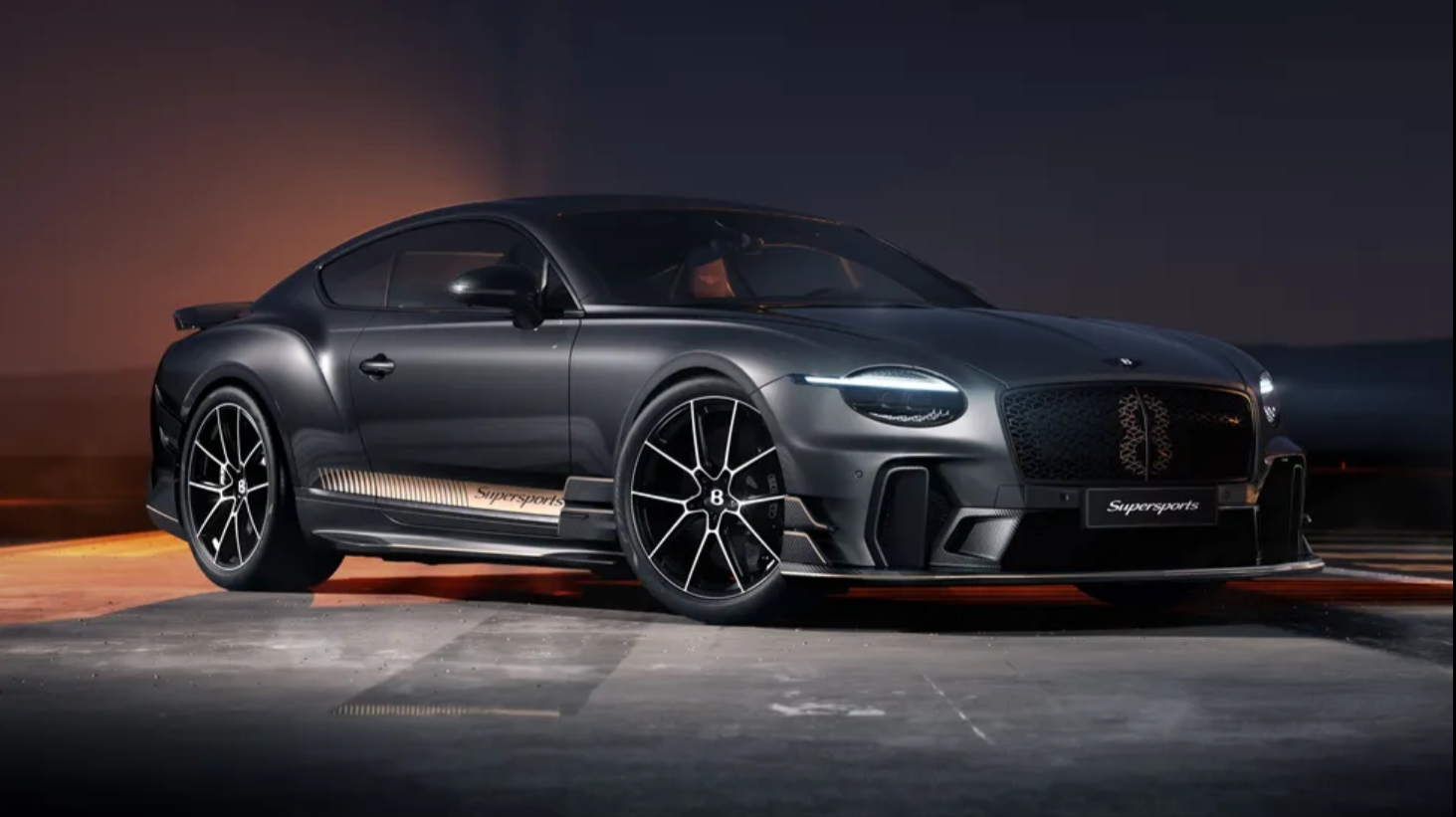At its Bollinger Höfe facility, Audi used to assemble the e-tron GT next to the R8, a relationship that is said to have transferred the DNA of the naturally aspirated supercar hero to the electric wünderbarge.
Naturally, Audi is now using sheer force to drive home the schporty argument because it no longer produces the R8. primarily because the green car in the above photos, the new RS e-tron GT Performance, has 912 horsepower and can accelerate from 0 to 62 miles per hour in under 2.5 seconds. Startling. Positively—how startling.
With its peak output, Audi's attractive, heavyweight four-door electric performance saloon gains a plethora of new features and becomes the most powerful production road car in the company's history.
There are three flavors of e-tron GT koolade available now, yet it is still elegant and has two electric motors—one on the front axle and one on the back. The S e-tron GT, which is the base model and has a dismal 670 horsepower; the RS e-tron GT, which has a healthier but still useless 844 horsepower; and the RS e-tron GT Performance, which is the top model and has 912 horsepower.
To be clear, we are joking when we suggest that the entry-level S's 670 horsepower is absurdly powerful for this or any other world, since it can accelerate from 0 to 100 kilometers per hour in 3.4 seconds, with the RS's power reducing to 2.8.
Thankfully, the RS vehicles and the S version have larger brakes as an option. These are discs covered in tungsten carbide, which sounds technological and adequate. However, the calipers come in orange, since even electric rollercoasters with almost 1,000 horsepower require a little flair.
The motors, which were taken from the PPE platform, are reportedly 10 kg lighter each than the previous e-tron GT units. The driveshafts on all three cars have also been strengthened, and the electronics controlling the all-wheel-drive system have undergone a minor recalibration. Oh, and both of the RS vehicles have a boost button. That one is very self-explanatory.
Additionally, the battery is lighter—Audi managed to trim 9 kg from its [check notes] 625 kg weight. Yes, you are correct: there is a whole Caterham. This indicates that the e-tron GT is a vehicle that uses a smaller vehicle to provide power. It's a larger battery, though, with 105kWh, and Audi has significantly increased both the maximum charging power (320kW) and the accessible energy through regeneration (400kW).
Therefore, under ideal conditions and under a retrograde moon, the e-tron GT may reach its maximum power of 80 percent in just 18 minutes. In fact, it can restore up to 280 km of range with just a 10-minute extremely quick charge. Naturally, the range varies from model to model, with up to 610 km available; however, Audi hasn't yet revealed which car will get what.
However, it has updated the onboard virtual cockpit with additional battery information, which now shows things like the battery's current temperature, a quick-charge prediction, and the state of pre-conditioning.
Should we discuss suspension? It is new and consists of a two-chamber, two-valve air suspension that can be adjusted in all of the standard settings. Active suspension is an optional feature. Whereas the RS Performance vehicle has a dedicated performance mode for circuit work, the RS cars get unique RS1 and RS2 settings. If you'd like, you may specify all-wheel steering.
The e-tron has also received a slight visual makeover. On the S, there are new rear diffuser and "embossed structures" on the grille; on the RS, there are streamlined diffusers and functional "L-shaped blades"; on the RS Performance, there is a carbon roof along with other "carbon camouflage" components.
A new logo design, more colors, more wheels, redesigned seats (they're still seat-y, don't worry), new materials, an improved virtual cockpit, and the possibility of a panoramic roof are all present across the range.















.jpg)


.jpeg)

.jpeg)
.jpeg)

